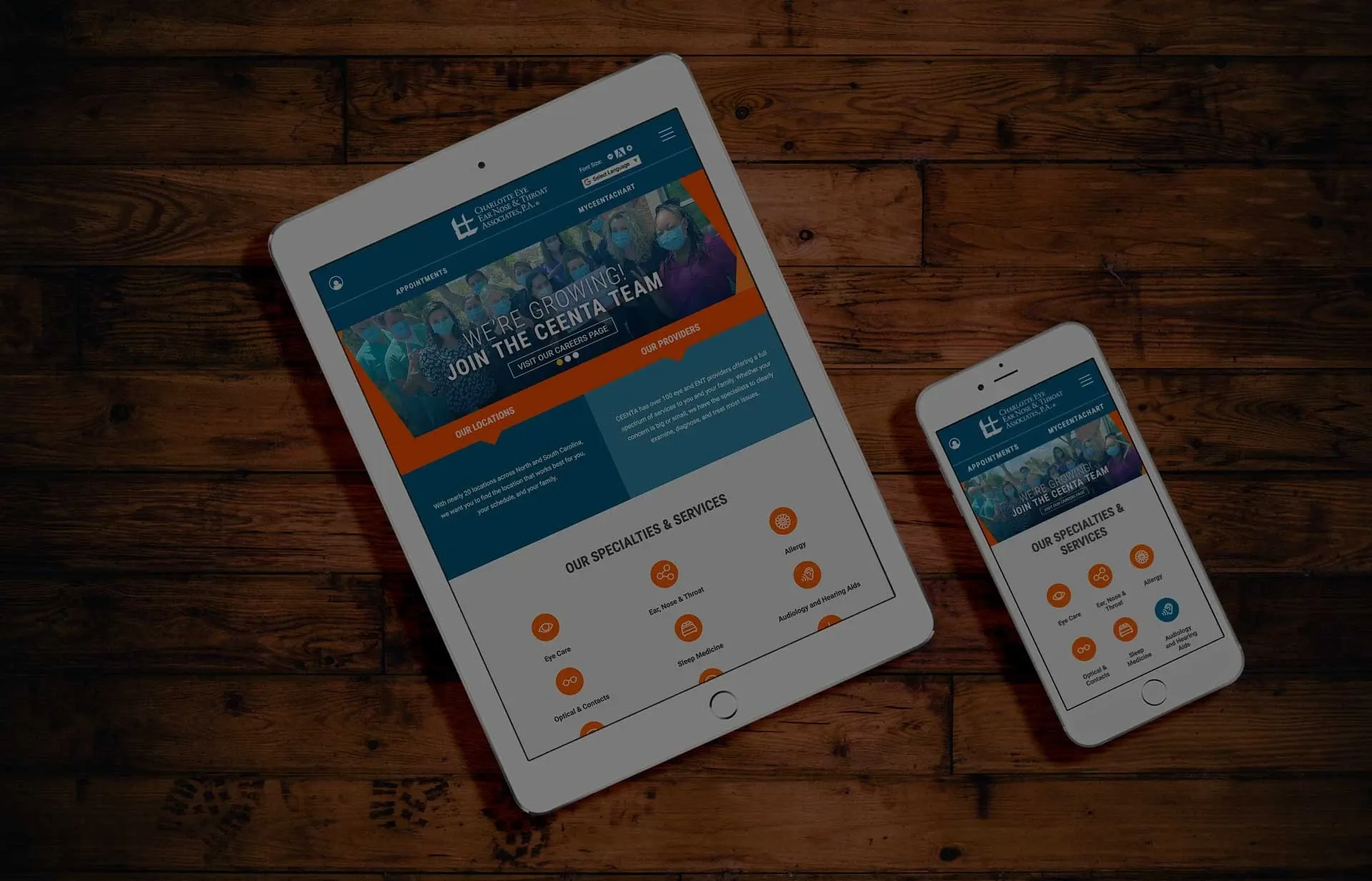Ensuring HIPAA Compliance in 2024: Tracking Visitor Data on Healthcare Websites
In the digital age, healthcare practices increasingly rely on websites to engage patients, disseminate information, and provide services. However, with this digital presence comes the responsibility to ensure compliance with the Health Insurance Portability and Accountability Act (HIPAA), especially when it comes to tracking visitor data on their websites. This article explores how healthcare practices can navigate HIPAA regulations while managing visitor data online in 2024.
Understanding HIPAA and PHI
HIPAA, enacted in 1996, sets the standard for protecting sensitive patient information. The regulation mandates safeguards to ensure the confidentiality, integrity, and availability of Protected Health Information (PHI). PHI includes any individually identifiable health information held or transmitted by a covered entity or business associate, in any form or medium, whether electronic, paper, or oral.
According to guidance from the U.S. Department of Health and Human Services (HHS), digital data that typically falls under the scope of HIPAA includes:
- Identifying Information: Names, addresses, dates of birth, Social Security numbers, and other personal identifiers.
- Health Information: Any information related to an individual's health status, provision of healthcare, or payment for healthcare that can be linked to a specific individual.
This definition extends to electronic forms of data, including information collected via websites and digital platforms.
Recently, however, HHS has expanded its guidance on identifying information to potentially also include IP address and other digital-identifiers previously not consider PHI. While there is some fogginess surrounding these digital identifiers, recent rulings indicate that any digital information about your website visitors, if married to healthcare information of a any time, could be consider PHI and would therefor fall under the scope of HIPAA. This makes using any third-party data analytics or tracking tools on a healthcare website problematic.
Visitor Tracking and HIPAA Compliance
Healthcare websites often use analytics tools to track visitor behavior for various purposes such as improving user experience, marketing, and understanding audience demographics. While such data collection is common and valuable, healthcare practices must implement strategies to ensure that visitor data remains HIPAA compliant.
Key Strategies for HIPAA Compliant Visitor Tracking
- Data Minimization: Only collect visitor data that is necessary for your intended purpose. Avoid gathering sensitive information unless explicitly authorized.
- Anonymization and Pseudonymization: Ensure that any collected data is anonymized or pseudonymized to protect patient identities. Avoid collecting direct identifiers whenever possible.
- Consent Management: Obtain consent from visitors before collecting any personal information. Clearly communicate how data will be used, stored, and shared.
- Security Measures: Implement robust security measures to protect collected data. This includes encryption of data in transit and at rest, access controls, and regular security audits.
- Third-party Agreements: If using third-party analytics or tracking tools, ensure they are HIPAA compliant and have signed business associate agreements (BAAs). A BAA establishes the terms for the vendor's handling of PHI.
- Privacy Policies: Maintain a clear and accessible privacy policy on your website detailing how visitor data is handled. Update this policy regularly to reflect current practices and compliance requirements.
Resources and Guidance
For detailed guidance on HIPAA compliance in digital environments, healthcare practices can refer to resources provided by the HHS. The HHS website (hhs.gov) offers comprehensive information, including:
- HIPAA Privacy Rule: Detailed information on the standards for the protection of PHI.
- HIPAA Security Rule: Requirements for ensuring the confidentiality, integrity, and availability of electronic PHI.
- Guidance on De-identification: Methods and standards for de-identifying PHI to reduce privacy risks.
Additionally, the HHS provides tools and FAQs to assist covered entities and business associates in understanding and implementing HIPAA regulations in various digital contexts.
We also find this article provided by Cardinal Digital Marketing to be very comprehensive in its breakdown of current challenges in the industry and available solutions that offer analytic tracking in compliant ways
Conclusion
In conclusion, while healthcare practices leverage websites to enhance patient engagement and service delivery, they must ensure rigorous adherence to HIPAA regulations when tracking visitor data. By implementing data minimization strategies, ensuring robust security measures, and adhering to guidance from the HHS, healthcare practices can effectively manage visitor data while safeguarding patient privacy and maintaining HIPAA compliance in 2024 and beyond.
For further guidance tailored to specific scenarios or inquiries, healthcare practices are encouraged to consult with legal advisors specializing in healthcare law or HIPAA compliance officers within their organizations. This proactive approach not only protects patient privacy but also strengthens trust in digital interactions with healthcare providers.
By integrating these strategies and staying informed about current HIPAA guidelines, healthcare practices can effectively manage visitor data on their websites while remaining compliant with HIPAA regulations in 2024 and beyond.
« Back to Blog
- How Healthcare Practices Can Improve Visibility in AI Tools Like ChatGPT, Copilot & Perplexity
- Rebuilding from the Ground Up: A Modern, SEO-Driven Website for Third Coast Oral & Maxillofacial Surgery
- Modernizing TOA.com: A Decades-Long Digital Partnership in Orthopedic Website Innovation
- The Future of Healthcare Marketing: AI, AEO, and a Compliance-First Strategy
- How to Use Schema Markup on Your Healthcare Website for Better SEO
One Partner - Every Digital Solution Your Practice Needs.
EHS is more than a vendor — we’re your long-term partner in building a stronger, smarter, and more compliant digital presence.

© 2025. All rights reserved. E-dreamz, Inc.

